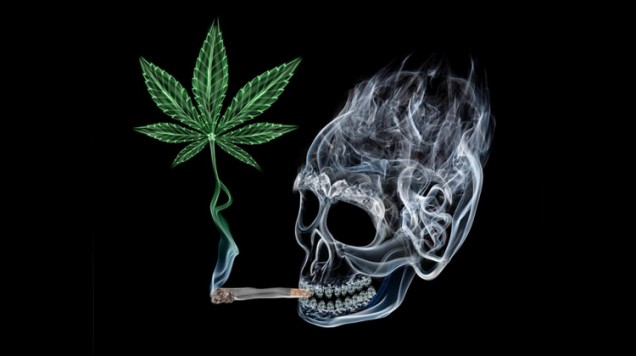Weeding Out the Problem
Sometimes harmful drugs can lead to fruitful discoveries. At the University of Texas, neuroscientists have found that marijuana impinges upon the development of higher order cognitive structures depending on the age at which the user began using marijuana regularly. This study gives us important insight on not only the effect of hallucinogens, but more importantly about the development of the adolescent brain, a staggering mystery even to adolescents.
Most judgment and complex thinking occurs in the prefrontal cortex, the area right behind your forehead. From the study, it was found that those who started using marijuana at 16 years old or younger had much slower development in the prefrontal cortex. But, for those who started using after the age of 16, the brain actually aged faster. The age at which you start using marijuana affects the type of deficiencies the drug causes.
By examining MRI images of subjects’ brains, the research team made several interesting discoveries. It is known that during the teenage years, the brain goes through a lot of changes, including pruning neuronal connections, thinning of the cortex, and creating more folds that give that nice, wrinkled look you want. This phenomenon, knows as gyrification, wasn’t seen in those who used marijuana before the age of 16 to the same extent as those who used after that age. Those who started using after 16 had issues later in life and actually had the opposite problem—too little cortical thickness and too much gray-white matter contrast.
Interestingly, this study shoes that marijuana affects the brain during adolescent development far more than alcohol does. The active ingredient in marijuana, THC, binds to receptors that normally accept a naturally occurring neurotransmitter, anandamide. The higher than usual amount of activity at these receptors then eventually results in depletion of the receptors, leading to the cognitive deficits often seen in users. Alcohol is quite different, bonding to many different receptors and causing certain receptors to become hyper-sensitized or desensitized. The differences in the way these two drugs act accounts for their different affects on the brain, and possibly the difference in the severity of their affects.
~ Jackie Rocheleau
Sources:
How Drugs Affect Neurotransmitters
Starting Age of Marijuana Use May Have Long-Term Effects on Brain Development
Image Source:
